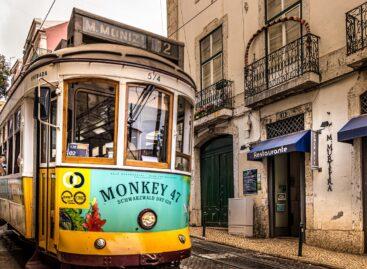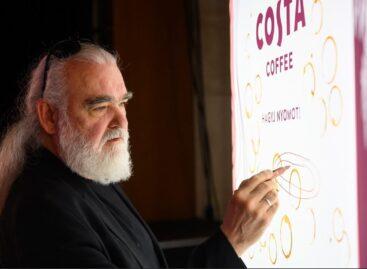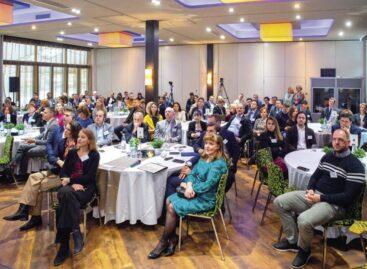A positive environment for the FMCG sector
In the 4th quarter of 2017 the consumer confidence index was at 74 points in Hungary, approaching the 87-point average of the European Union. Like-for-like FMCG sales growth was 8.2 percent, the biggest in the European Union. Prices started to increase and a premiumisation trend commenced in the FMCG sector in 2017, the engine of which was food products. In Q4 2017 31 percent of consumers had no money they could spend freely.

Dóra Hajnal
Nielsen
According to a 2018 Nielsen survey, the proportion of impulse buying is 49 percent. Average monthly spending was up 6 percent in the 4th quarter of last year. 74 percent of shoppers were consciously looking out for promotions. For 26 percent of Hungarian consumers the main thing to worry about is their health; this is followed by job security and loans. In line with the health trend, sales of traditional products decreased, while the segment of healthy foods started strengthening, e.g. sales of 100-percent fruit juices jumped 17 percent to reach a 34-percent share.
As for retail channels, back in 2016 hypermarkets were the strongest at 26.2 percent, followed by discount supermarkets with a 24.8-percent market share (in volume). By 2017 discount stores were the No.1 channel at 26.1 percent in terms of volume; hypermarkets remained the biggest channel in value sales. Sales growth in the food category was driven by discount stores: sales were up 8 percent in volume, while prices augmented by 5 percent.
Compared with 2016, sales increased in every so-called super category – it has been the biggest, almost 10 percent, in the facial care and pet food segments.
On average Hungarians spent every 4th forint on private label (PL) products. In the case of groceries the sales growth of PL product slowed down a little, while in the drug categories it is going up step by step. //
Related news
97% Of Portuguese Prefer Physical Stores, 22% Shop Online, Study Finds
🎧 Hallgasd a cikket: Lejátszás Szünet Folytatás Leállítás Nyelv: Auto…
Read more >The Costa Art & Craft competition is starting!
🎧 Hallgasd a cikket: Lejátszás Szünet Folytatás Leállítás Nyelv: Auto…
Read more >Spain’s Deoleo Sees Olive Oil Prices Staying High Until June 2024
🎧 Hallgasd a cikket: Lejátszás Szünet Folytatás Leállítás Nyelv: Auto…
Read more >Related news
Circular transition more urgent than ever
🎧 Hallgasd a cikket: Lejátszás Szünet Folytatás Leállítás Nyelv: Auto…
Read more >Ads Interactive Media Group will sell the retail media platforms of Auchan Hungary Kft. stores from 2026
🎧 Hallgasd a cikket: Lejátszás Szünet Folytatás Leállítás Nyelv: Auto…
Read more >Foxfilm teaches entrepreneurs how to make videos
🎧 Hallgasd a cikket: Lejátszás Szünet Folytatás Leállítás Nyelv: Auto…
Read more >







